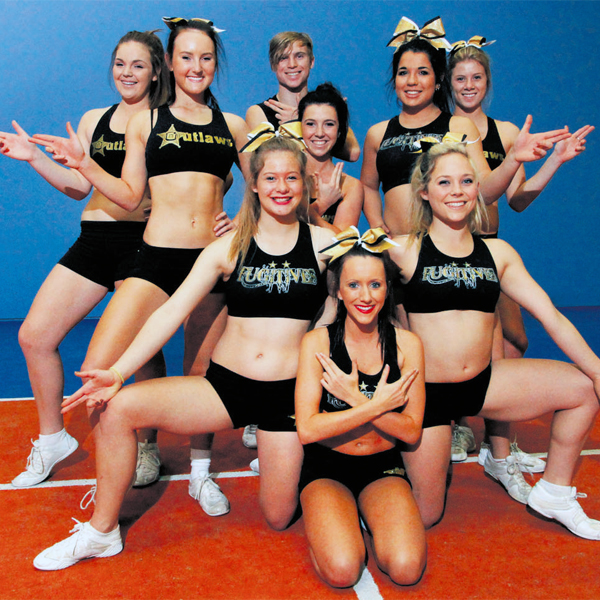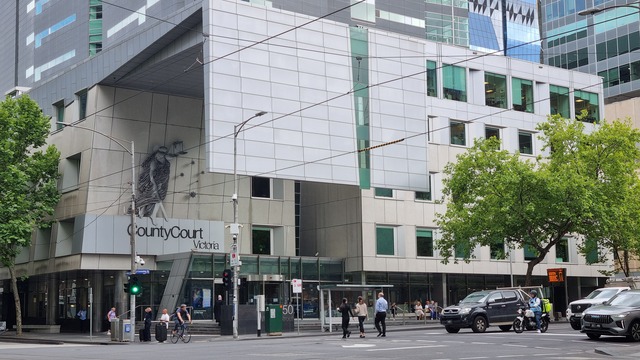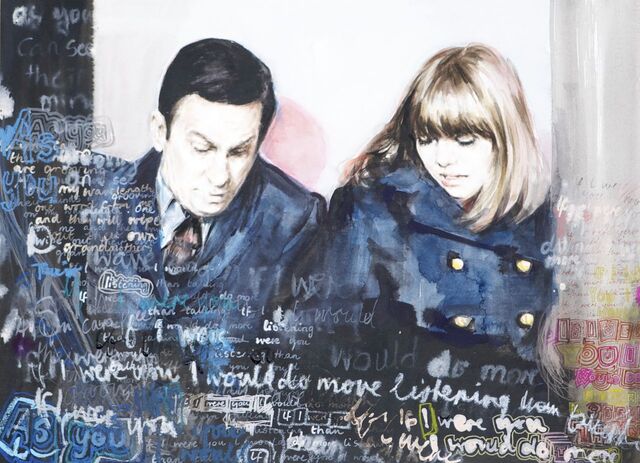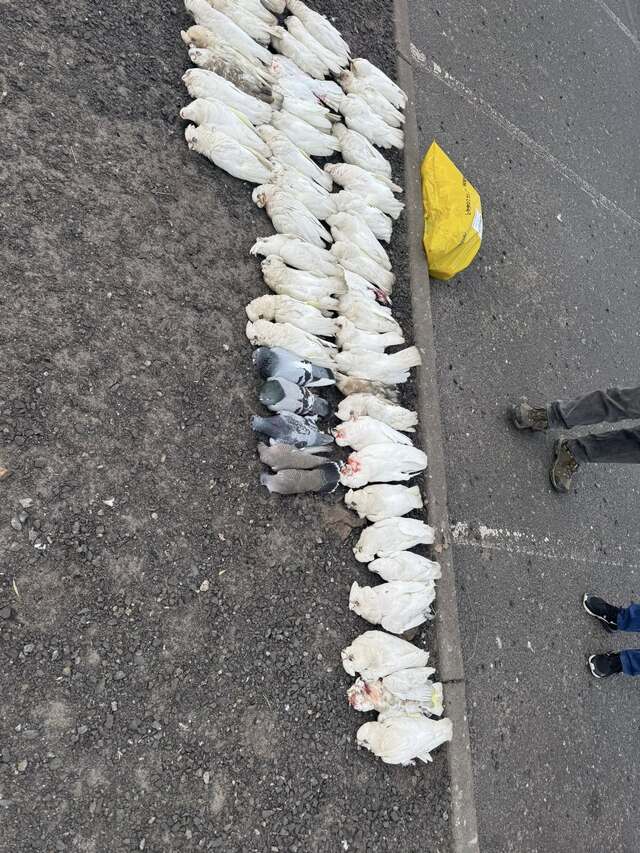Cheerleading is rapidly growing in popularity. Tara McGrath chats with some local cheerleaders and discovers there’s a lot more to it than Hollywood would have us believe.
IF you’re speaking to a cheerleader, a word of warning: don’t presume cheerleading is all about the pom poms.
While TV shows like Glee and Friday Night Lights portray cheerleaders as queen bees with an endless supply of pep and pom poms, cheerleading in Australia couldn’t be more different.
‘‘They think it’s going to be like the NRL cheerleaders. All pom poms and short skirts, but that’s not what it’s all about,’’ says Stephen James, executive director of the Australian All Star Cheerleading Federation. He says the sport is now enjoying rapid growth around the nation.
The burgeoning interest is particularly evident across Melbourne’s eastern suburbs with a number of cheerleading studios, a team in training for the world championships, and one team that’s already been there and performed impressively.
Cheerleading experts agree that hit teen movie Bring It On helped alter the stereotype at the start of the new millennium and at the same time inspired thousands to get involved.
Nineteen-year-old Cecilia Powley was captivated by the magic of Kirsten Dunst’s cheerleading squad’s routines, so the former dancer got her mother to book her into a cheerleading clinic in Geelong and fell in love with the routine. ‘‘It was a challenge for me and it was completely different from dancing.’’
The Emerald resident still cheers, but now she also helps the next generation by coaching cheerleading at eastern suburbs dance school Kreationz. ‘‘It’s great to see the kids challenged and then achieve what they’ve been working on and perhaps thought they couldn’t do.’’
James says the federation has grown every year since its inception in 2006 and now has about 12,000 members around Australia.
‘‘It’s such a team sport and great for young females. Boys have footy, cricket and soccer, but for girls access to team sports is very limited. If there are 24 people in the routine and one doesn’t show up, the routine can’t be done. Participants can’t just waltz in and out of teams.’’
Powley says teamwork is also a big factor when people are literally being thrown up in the air. ‘‘You have the responsibility of lifting someone up and if you drop them, you have to catch them.’’
Powley says she’s been dropped too many times to count, and even suffered a broken nose when someone landed on her.
While cheerleading easily attracts females, many groups still struggle to find enough male cheerleaders. Powley says there are no boys at Kreationz and James says just 5 per cent of the federation cheerleaders are male.
‘‘It’s growing, but it’s not something they’re immediately attracted to. A lot of boys get into it to meet girls, but then they do realise just how athletic it actually is,’’ James said.
His son David is involved in cheerleading, so much so that he’s now the owner of a dance and cheerleading studio in Wantirna called Outlaws.
He used to cheer before ‘retiring’ to take up coaching full-time, a move that’s proved successful. The Outlaws have been to the world championships three times before and are also the highest-placed Australian team — sixth out of 123 countries.
There are about 300 cheerleaders in the group, with members aged from three to 38. The club has grown so much it’s moving to a bigger and better centre in Bayswater.
Nevertheless, all three cheerleading advocates agree that the sport is still dogged by the stereotype of ‘‘blonde, perky and pom poms’’.
David James says the Outlaws studio smashes that stereotype with a doctor and four lawyers being members of the group and Powley also believes the sport is much more ‘‘equal’’ these days, because without male cheerleaders there are some moves that simply can’t be done.
Cheerleading can also offer unique experiences. Powley and David James cheer for the NBL Melbourne Tigers. They say that cheering for a sports team is completely different from regular cheering because it’s about getting the crowd involved — not specific cheerleading techniques.
‘‘It’s more dance performance than cheerleading,’’ David said. ‘‘But we bring stunt guys along to do high aerial jumps and entertain the crowd.’’
The hardest thing is when the team is losing, says Powley. ‘‘It is hard but we do small chants to get the crowd going. As long as the team is trying their hardest, we’ll do our hardest.’’
Unlike some sports, such as gymnastics and Aussie rules, a cheerleader’s body shape isn’t as strict or controlled, although they do need to be athletic.
‘‘It’s such a positive environment to be in. Once you start it’s hard to get away from,’’ David James says.
But while their coaches may be more focused on tumbling and lifts, Jessica, Mikayla, Charlotte and Ebony — some of the wide-eyed and excited young students at Kreationz — all agree on their favourite part of cheerleading.
‘‘It’s really fun shaking the pom poms,’’ says seven-year-old Jessica.
We’ll ask them again in 10 years…







